All of the coloring pages displayed on this page are free for personal use (view full use policy). Any brands, characters, or trademarks featured in our coloring pages are owned by their respective holders and depicted here as fan art.
Please enjoy these Baby Animal coloring pages!
Adorable Baby Bunny Coloring Pages
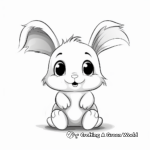
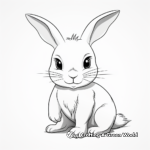
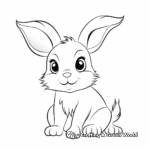
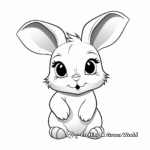
Baby Chick Coloring Pages


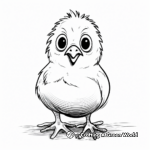
Playful Baby Monkey Coloring Pages
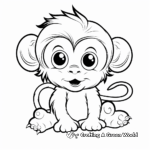
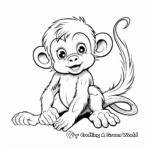
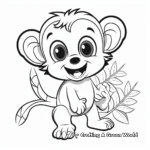
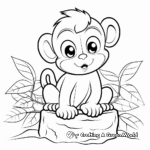
Lazy Baby Bear Coloring Pages


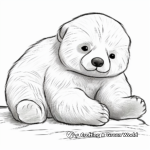

Cute-as-a-Button Baby Elephant Coloring Pages

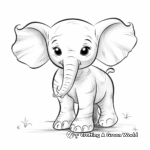
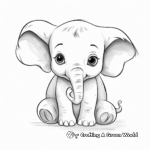
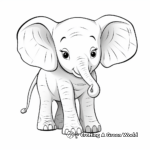
Baby Farm Animals: Piglets, Calves, and Lambs Coloring Pages
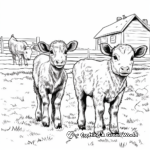
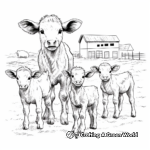
Under-the-Sea Baby Dolphin Coloring Pages



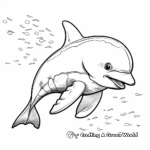
Whimsical Baby Unicorn Coloring Pages


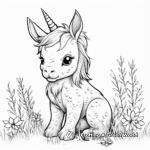
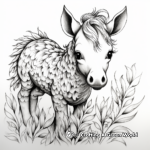
Interactive Baby Wild Dog Coloring Pages


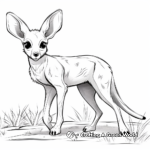

Intricate Baby Zebra Coloring Pages for Artists

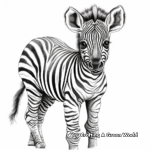


Adventurous Baby Raccoon Coloring Sheets
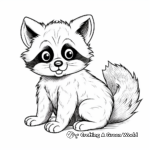

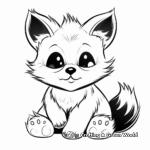
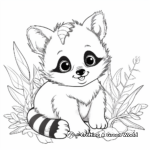
Whimsy Baby Sheep Coloring Pages
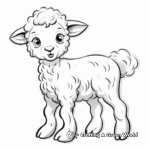
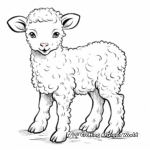
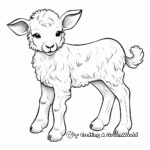

Serene Baby Deer Coloring Pages

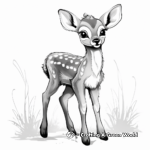

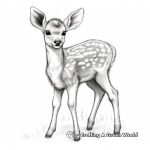
Woodland Baby Fox Coloring Sheets
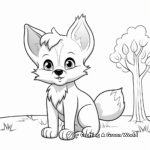
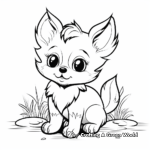


Baby Polar Bear Coloring Pages: Arctic Explorers
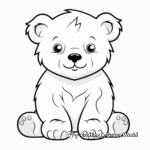
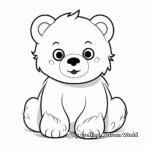
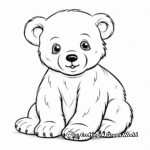
Baby Lion Cub Coloring Pages: King of the Jungle
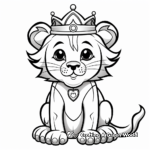

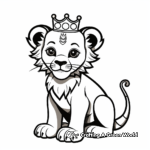
Baby Owl Night-Time Coloring Pages
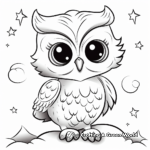
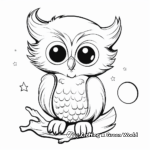

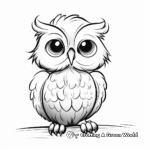
Down-On-The-Farm Baby Calf Coloring Pages
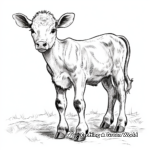



Fetching Baby Fawn Coloring Pages
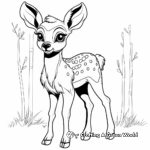

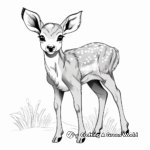
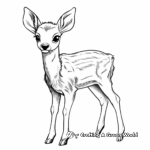
Chirpy Baby Chick Coloring Pages
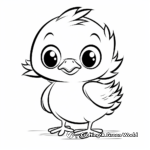
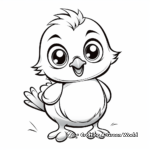

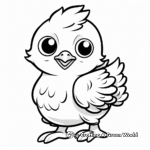
Tips For Coloring Baby Animals
What colors should I generally use for baby animal coloring pages?
The colors for baby animals vary widely depending on the species. However, generally, baby animals tend to have softer and lighter colors compared to adults. Think soft browns, lighter yellows, pastel green, and blues. Also remember that not all animals conform to the standard colors, so feel free to experiment with colors that appeal to you.
What are some of the features I should focus on when coloring baby animals?
When coloring baby animals, focus on highlighting their unique characteristics that make them different from adults. This might be rounder, larger heads, big eyes, shorter limbs, and overall fluffier and softer body patterns. Smaller, softer strokes can help emphasize the fluffy texture of their coats.
How can I add realism to my coloring of baby animals?
One key way of adding realism is by paying attention to shading. Use lighter shades to highlight the tops of forms and darker shades for areas that would naturally be shadowed. For instance, if coloring a baby duck, use a lighter yellow on the top of the head and body, and a more subdued yellow for the underneath. Experiment with blending colors and using different tones to achieve a more natural and realistic appearance.
Can you provide some interesting facts about baby animals that I can incorporate into my art?
Sure. One interesting fact is that many baby animals are born with spots or stripes to help them camouflage from predators. A baby deer, also called a fawn, for instance, is born with white spots that disappear as they grow. Incorporating such features into your coloring can make your creation more interesting and can serve as a great conversation starter.
Related Coloring Pages
About Our Coloring Pages
All of the coloring pages displayed on this page are free for personal use. You have our express permission to download, print, color, and enjoy these pages at your own leisure and convenience. Each piece of artwork on this page has been chosen to inspire creativity and make the world of coloring engaging and enjoyable for all age groups. This permission extends to small non-commercial group settings like classrooms or therapy settings - you have our permission to print these for free distribution to small groups.
This permission is granted strictly for non-commercial uses. These images can not be resold, republished, or used for commercial purposes in any form or method. You may not sell the final colored versions, or use them as design elements in a product that is sold. Please contact us for commercial licensing options.
Our priority is to support and inspire creativity among those who love to color. Please join us in honoring this purpose by adhering to these guidelines. Happy Coloring!
